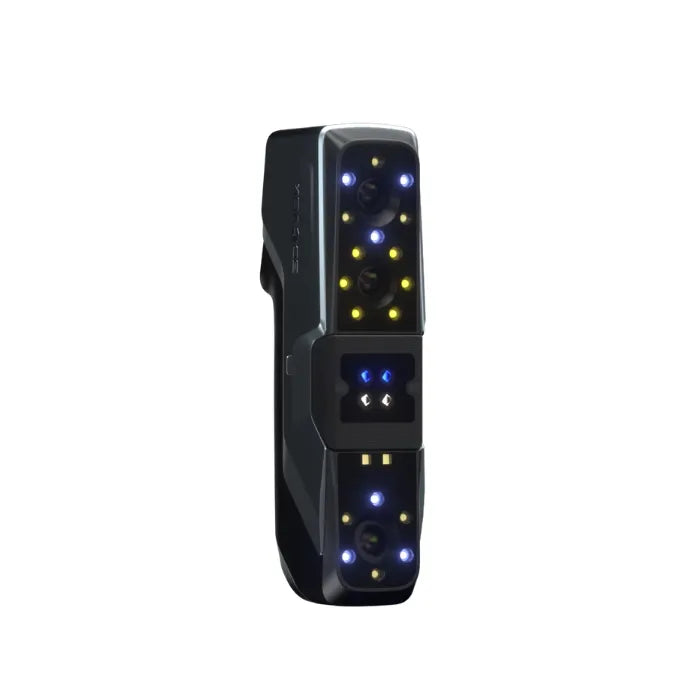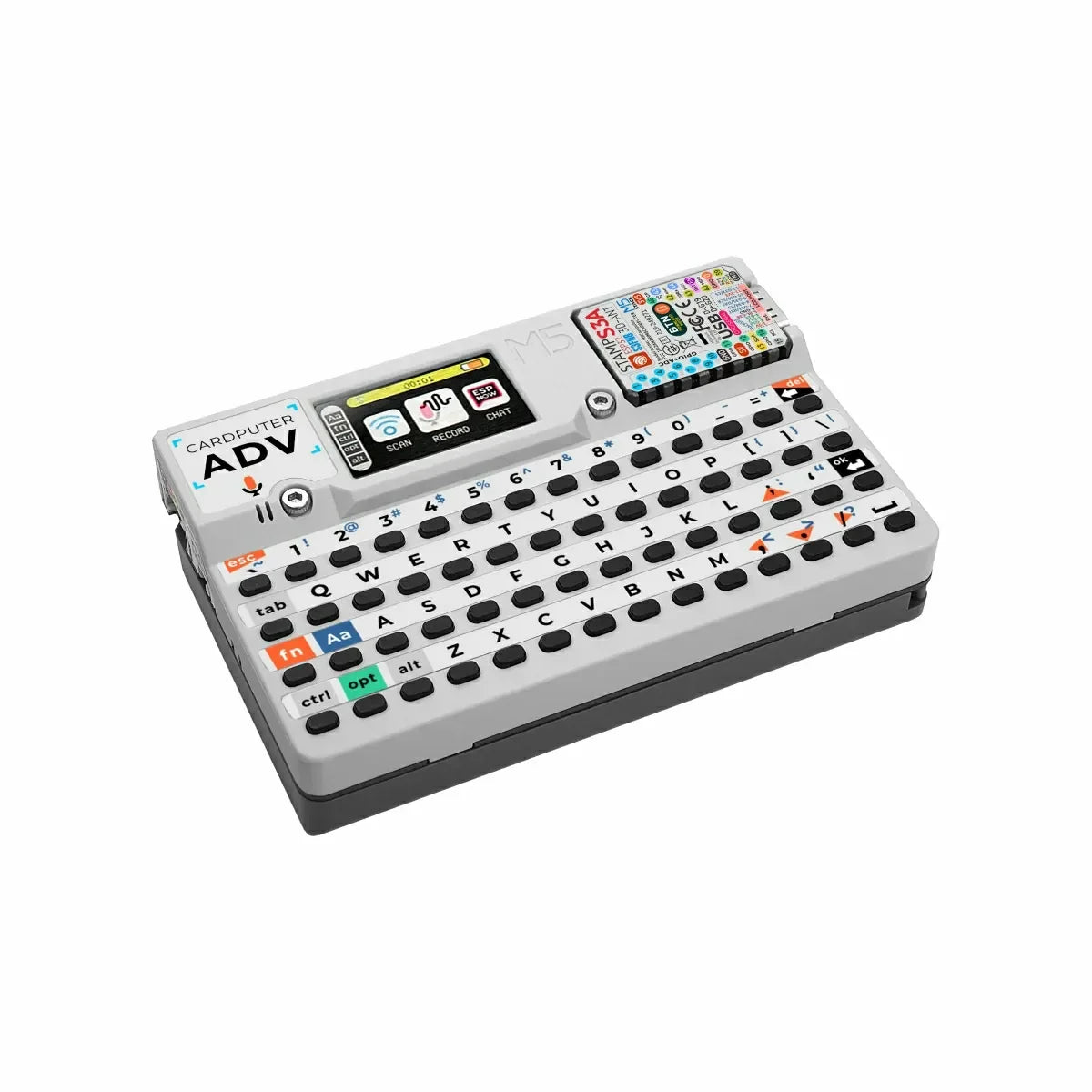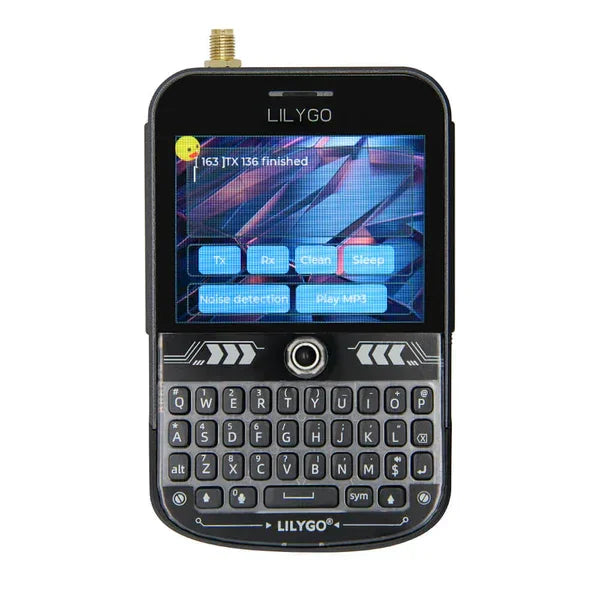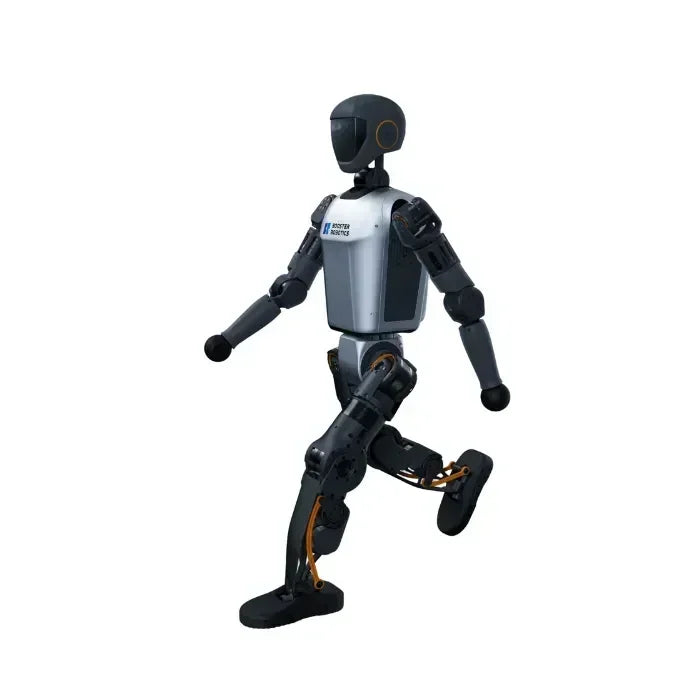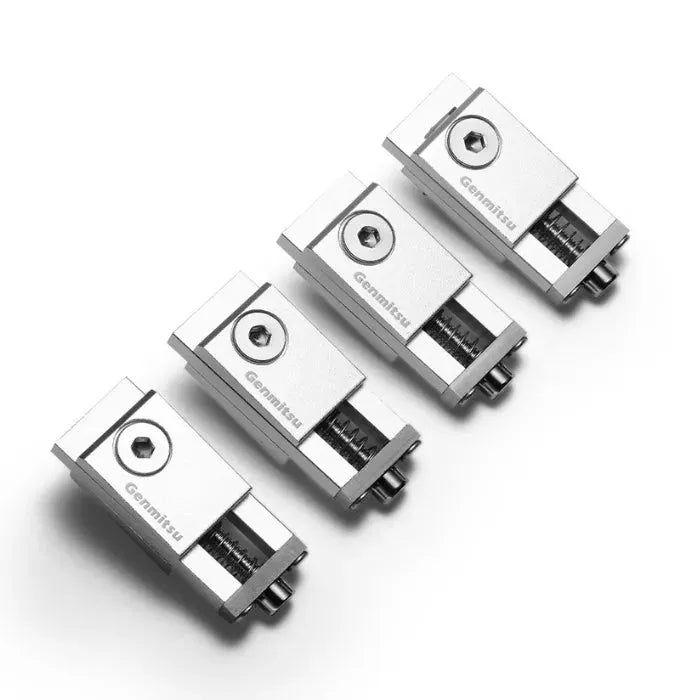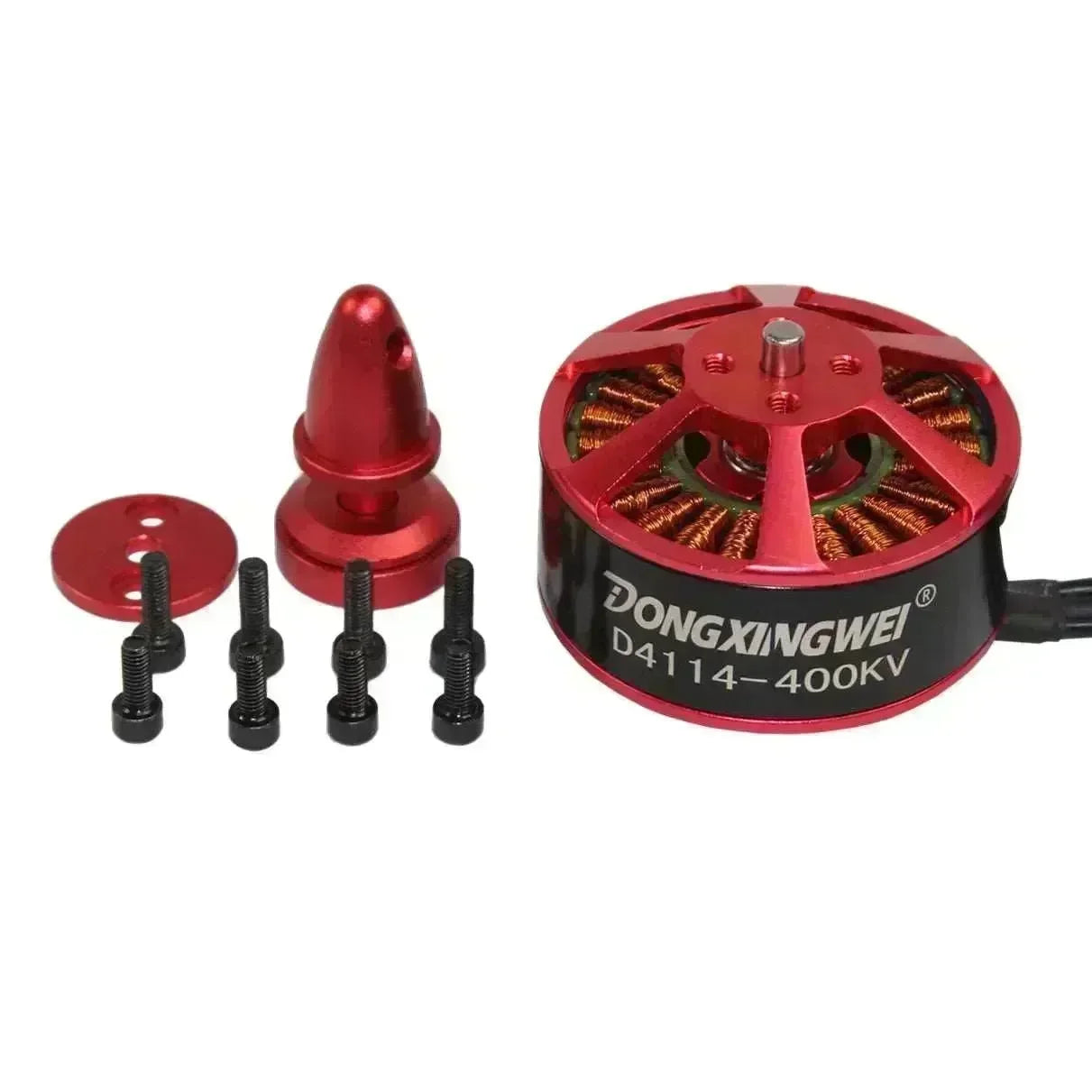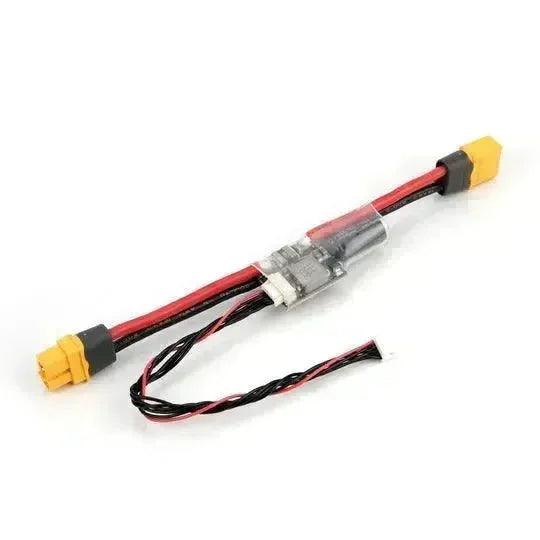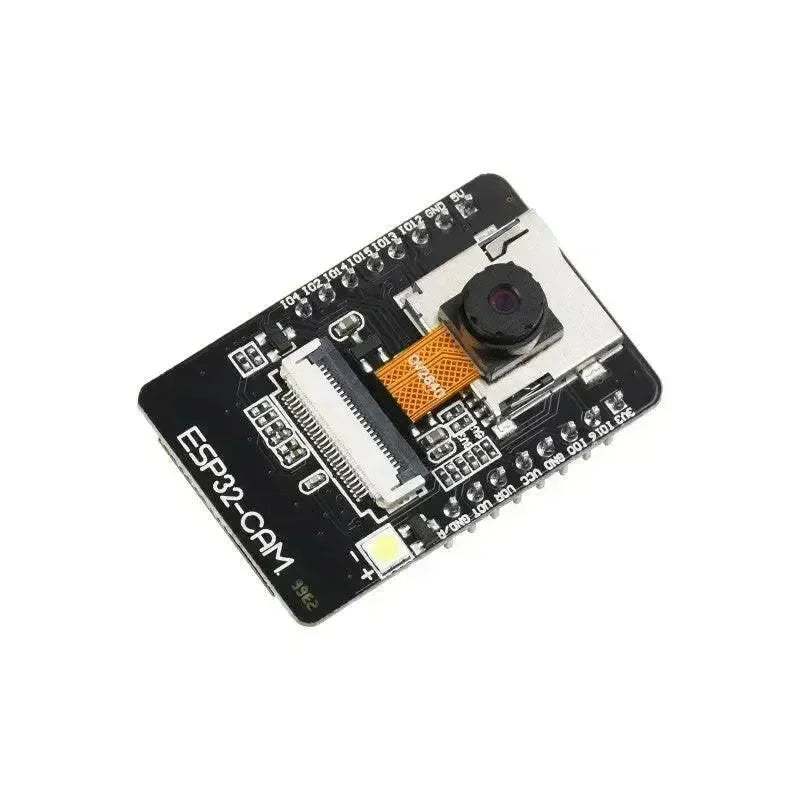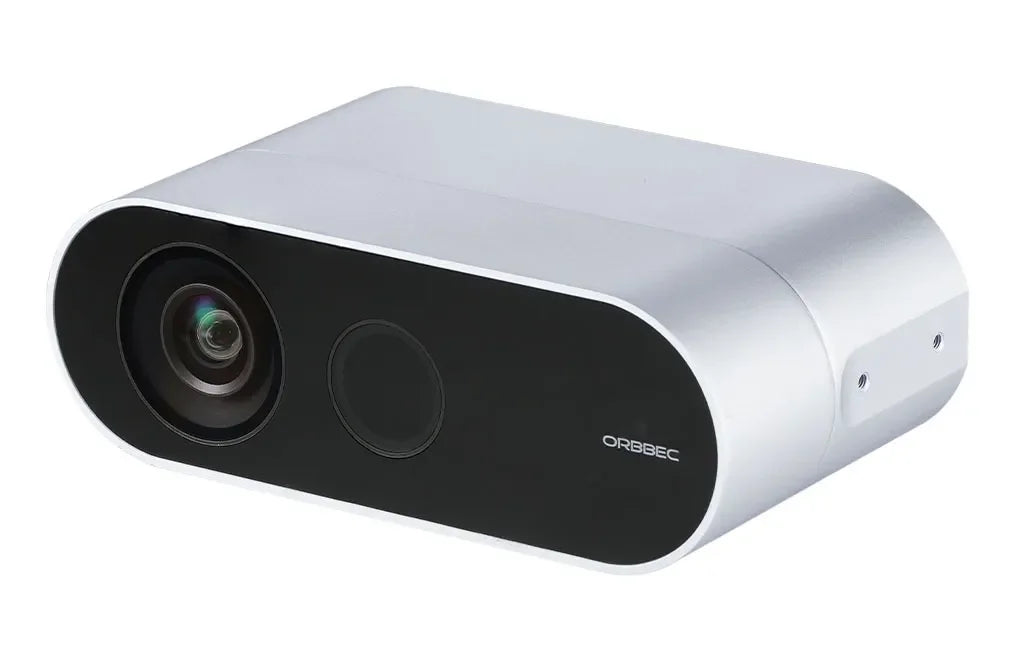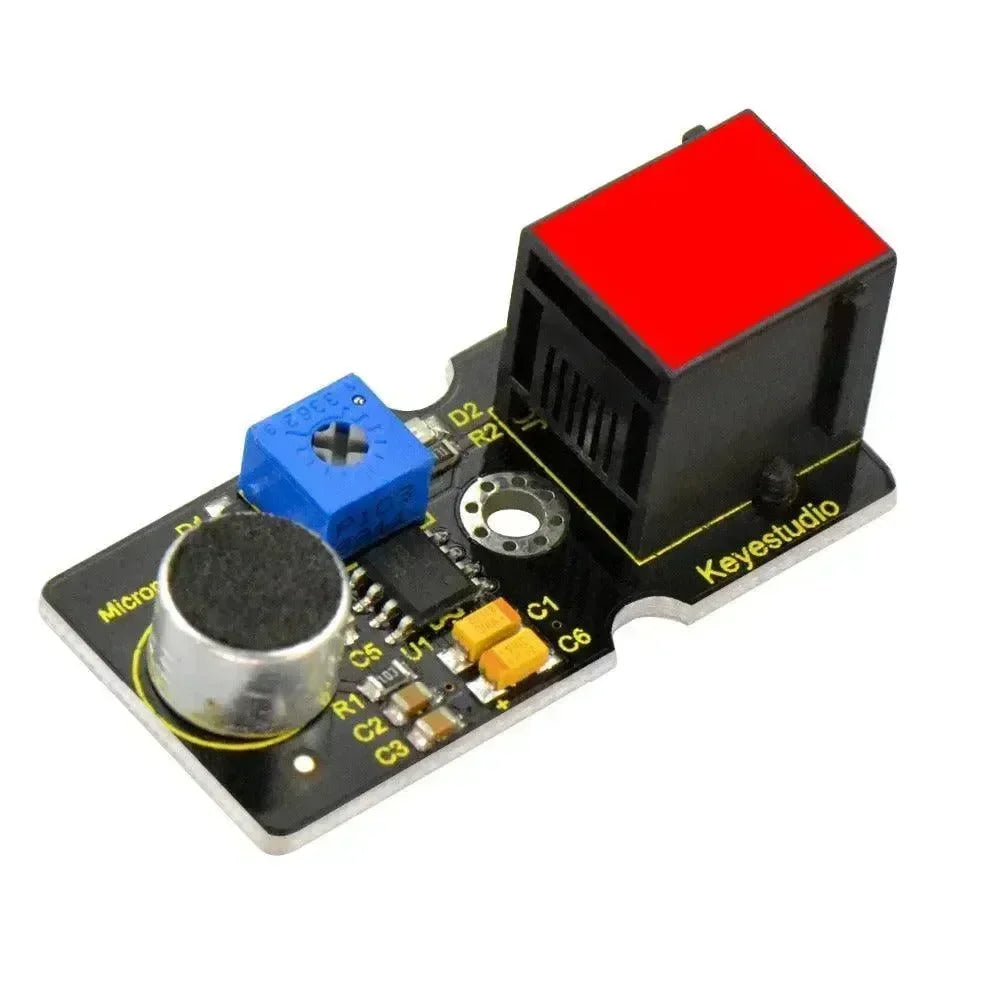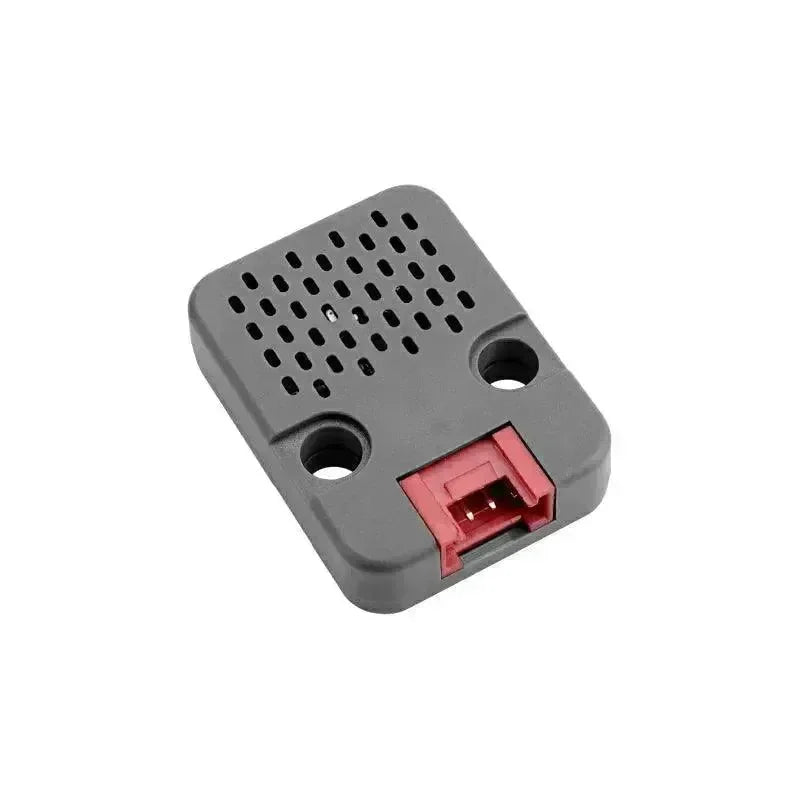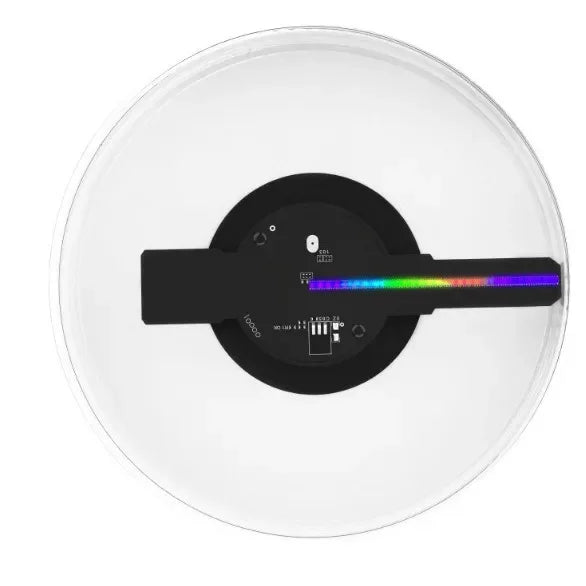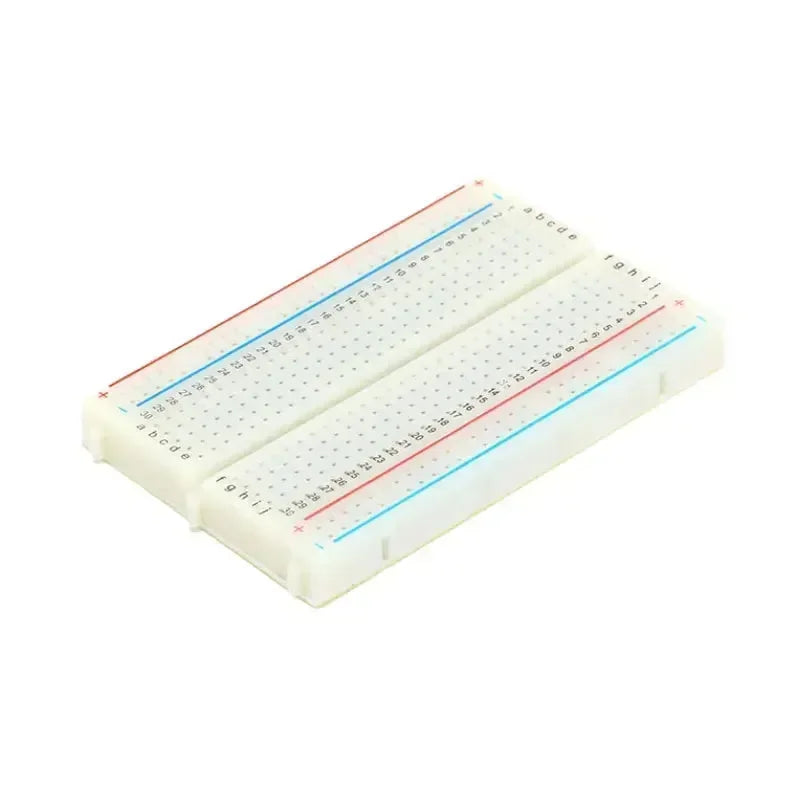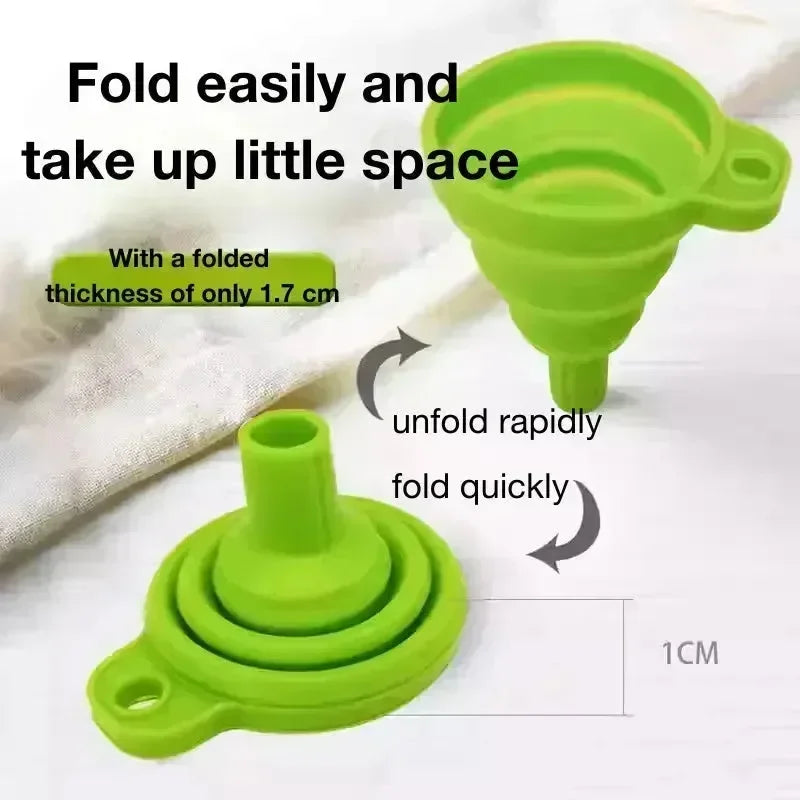In recent years, the use of drones has expanded across various industries, revolutionizing traditional practices and introducing new levels of efficiency and safety. One sector that has embraced this cutting-edge technology is firefighting.

Drawbacks of Traditional Ground-Based Firefighting
Arriving on the scene of a fire, the presence of smoke, buildings, and various obstacles can make it extremely challenging to accurately determine the scope of the fire and assess its threat. Limited perspectives from the ground can hinder the optimal deployment of attention and resources, leading to inefficient firefighting efforts. Additionally, in the aftermath of a fire disaster, it can be hazardous and costly to survey and document the extent of the damage, posing significant risks to personnel and increasing the time required for thorough assessments.
Inadequate road infrastructure and complex terrain make patrolling high-risk forested regions particularly challenging for ground teams. From the ground, it is often difficult to quickly determine the scope of a fire and prioritize targets effectively. Without real-time visual information from the scene, incident commanders face significant challenges in optimally directing frontline efforts, leading to potential delays and inefficiencies in firefighting operations.
Advantages of Using Drones in Firefighting

Drones offer a significant advantage in firefighting by flying over buildings and obstacles, providing clear visibility through smoke with thermal cameras to help prioritize targets. They stream live video intelligence back to command centers, ensuring that teams are aligned and uncertainties are minimized. High-resolution cameras on drones allow for remote monitoring of remaining threats and detailed documentation of damage for future analysis, enhancing the efficiency and safety of firefighting operations.
Drones can bypass natural obstacles and quickly scout high-risk forested regions from above, providing a significant tactical advantage. Flying above the tree-line allows for rapid assessment of the fire's scope and the establishment of firelines and firebreaks. With aerial surveillance, incident commanders gain a clear overview of the situation, enabling them to determine precisely where to deploy resources for maximum effectiveness and safety.
How Does OpenELAB Firefighting Drone Work

The design of our firefighting drones takes into account the significant challenges of combating large-scale forest fires, locating fire points across extensive areas, and conducting personnel search and rescue operations. It is equipped with a thermal imaging sensor that can effectively and promptly detect fire sources, extinguishing them in their early stages. Additionally, OpenELAB firefighting drones have an automatic personnel identification sensor suitable for search and rescue missions in forests, capable of real-time target coordinate positioning.
The drone provides a high-altitude view of fire situations, with real-time data transmission to the command center for unified coordination and efficient firefighting. It can guide ground firefighting personnel in rescue operations and evacuation procedures.
It is also equipped with an urban firefighting module that allows for quick replacement of firefighting payloads. For high-rise urban fires where fire ladders cannot reach, the drone can use window-breaking fire suppression bombs to assist in extinguishing fires in affected areas. OpenELAB firefighting drones can also carry fire hoses to combat larger fire sources, directly connecting to fire trucks to supply firefighting materials such as water, foam, and other fire suppression substances.
Types of OpenELAB Firefighting Drones
If you're exploring drones for firefighting, there are some key aspects and standout features you need to be aware of.
The OpenELAB firefighting drone solution features rapid response and efficient information acquisition, which helps to improve the accuracy and safety of fire detection. More importantly, we can integrate three-dimensional multi-sensing services to achieve low comprehensive operating costs for various aspects such as forest fire prevention supervision, inspection, monitoring, early warning, firefighting, and risk avoidance.
CQ-70 Vertical Takeoff and Landing (VTOL) Drones

The CQ-70 drone features a wingspan of 3500mm and a fuselage length of 1800mm. It has a takeoff weight of 24kg and a payload capacity of 12kg. The drone can sustain a flight duration of 200 minutes and has a flight radius of over 10km, with an upgrade option to 50km. It cruises at a speed of 30 meters per second and can reach altitudes of over 5000 meters. Designed to operate in extreme temperatures ranging from -40°C to 70°C, the CQ-70 can perform vertical takeoffs and landings and offers both automatic and manual flight modes.
Notably, the CQ-70 is compact and lightweight, with a quick disassembly and assembly design. It is equipped with a 10x zoom optical camera and is primarily used for border patrol missions within a 200km radius. The drone is fully autonomous, capable of taking off, following pre-set flight routes, conducting target searches, returning, and landing automatically.
3WWDZF6-20D

This compact drone is designed for rapid folding and assembly. It is equipped with FPV (First Person View) piloting and is primarily used for fire inspection and firefighting missions. One of the key advantages of this firefighting drone is the ability to rapidly survey large areas affected by fire. Traditional methods of assessing fire damage often involve ground crews physically inspecting the affected areas, which can be time-consuming and put personnel at risk. This drone features crosshair targeting for accurately aiming at the fire source center, allowing for effective suppression and extinguishing of fires by dropping fire suppression bombs.
3WWDZF4-50DXF

This compact drone is designed for rapid folding and assembly. It is equipped with FPV (First Person View) piloting and is primarily used for urban firefighting, especially effective for high-rise residential buildings. The drone is equipped with 6-hole window-breaking fire suppression bombs that can penetrate double-layer 5-meter tempered glass and release delayed self-detonating dry powder to extinguish fires, with crosshair targeting for precision. Additionally, it can be optionally equipped with a forest firefighting module.
3WWDZF8-50DS

This heavy payload drone can carry two 25-liter fire suppression bombs simultaneously, making it highly effective for large-scale fires. Its substantial carrying capacity allows it to be used as a transport drone for delivering supplies during forest fire rescue operations, significantly improving rescue efficiency. Equipped with FPV (First Person View) piloting, this drone is primarily used for fire inspection and firefighting missions. It features crosshair targeting for accurately aiming at the fire source center, allowing for effective suppression and extinguishing of fires by dropping fire suppression bombs.
Compatible Products
Fire Hose Spraying Assembly
This assembly can be directly connected to a fire truck. It supports firefighting operations at selectable heights ranging from 50 to 150 meters. This allows for versatile deployment in various firefighting scenarios, ensuring effective water delivery to higher elevations where manual reach is limited.
Intelligent Airburst Fire Extinguisher Launcher

Equipped with real-time ground scanning capabilities, this launcher can set the airburst height relative to the ground, enabling precise aerial explosions. This creates a barrier layer in the air that obstructs oxygen flow, significantly enhancing fire suppression efficiency. The intelligent control ensures accurate and effective extinguishing actions.
Dry Powder Fire Ball Launcher

The standard configuration includes six dry powder fire balls, which can be deployed individually or all at once. The system supports customization to accommodate 6 to 20 fire balls. This flexibility allows for tailored responses based on the severity and spread of the fire, providing robust fire suppression capabilities.
Airborne Dry Powder Spraying Extinguisher Assembly

Featuring a retractable spray gun with an adjustable length ranging from 1.2 meters to 4 meters, this assembly offers options for 10L, 20L, and 30L capacities. The extinguishing material can be selected between dry powder and heptafluoropropane. With an effective spraying distance of over 10 meters and a single fire suppression range exceeding 10 square meters, this assembly provides powerful and adaptable firefighting solutions for various fire types and sizes.
Supply Box (Standard Capacity 30L)
The supply box is designed with a side door that opens with a single press for easy loading of supplies. The bottom features a split-opening design with remote-controlled drop functionality, allowing for the efficient delivery of emergency supplies. Customizable larger capacity supply boxes are available to meet specific operational needs, ensuring that the drone can provide essential resources during firefighting missions.
These advanced features make the firefighting drone a versatile and indispensable tool in modern firefighting operations, enhancing both the efficiency and safety of fire suppression efforts.
6 Ways OpenELAB Drones Can Benefit Firefighting Agencies
Unmanned Aerial Vehicles (UAVs) are becoming an indispensable resource for firefighting agencies. Here are six ways these advanced tools can significantly benefit these organizations:
Real-time Surveillance and Data Collection
Vertical takeoff and landing drone CQ-70 equipped with high-definition cameras provide real-time aerial views of fires, allowing firefighting agencies to accurately assess the scale, direction, and intensity of blazes. This immediate intelligence enables incident commanders to make well-informed decisions about resource allocation and personnel deployment. Additionally, drones can capture high-resolution images and videos, which can be analyzed later for strategic planning and training purposes.
Infrared and Thermal Imaging

One of the most beneficial and widely used accessory technologies to fire department drones has enabled the identification of objects. Thermal imaging technology can detect humans, animals, hot spots and more, allowing fire personnel to make life- and property-saving decisions.
The drones outfitted with thermal imaging cameras can detect hotspots that are invisible to the naked eye, even through dense smoke. This capability is crucial for locating the fire's source, identifying areas at risk of reignition, and ensuring that fires are fully extinguished. Furthermore, thermal imaging can help monitor the spread of fires in real-time, providing critical data to adjust firefighting strategies dynamically.
In this connection, we are proud to offer you the 60x integrated zoom three-axis thermal imaging camera, which provides advanced features for precise thermal imaging, including temperature measurement and distance calculation using Haas angular coordinate markers. It boasts AI-powered automatic recognition, locking, and tracking capabilities. The camera is equipped with a high-definition three-axis gimbal for stable imaging, along with one-key downward angle adjustment and return to home functions. Its versatile modes, including continuous subject tracking, make it an efficient tool for detailed thermal imaging and surveillance tasks.
Safety and Risk Assessment

Before deploying teams, it's vital to understand the environment they're entering. Our firefighting drones provide aerial views that help identify potentially hazardous areas, such as zones with high concentrations of combustible materials, gas tanks, or unstable structures like collapsing roofs. By mapping these dangers, drones significantly reduce the risks faced by firefighters on the ground. This advanced risk assessment capability ensures that human lives are safeguarded and resources are used efficiently.
Communication and Coordination
firefighting drones including 3WWDZF6-20D can act as communication relays thanks to its compact size and portable mode, especially in areas where traditional devices might fail due to interference from fire or obstacles. By maintaining a reliable communication network, drones facilitate better coordination among firefighting teams, ensuring that everyone is informed and synchronized. This capability is particularly useful in large-scale fire incidents where maintaining communication across vast areas is challenging.
Search and Rescue

In situations where individuals are lost or in distress, drones demonstrate their life-saving capabilities, especially during search and rescue operations in challenging environments or low visibility. Inspection drones such as OpenELAB ZF4-50 DXF can quickly survey extensive areas, significantly reducing the time needed to locate stranded individuals. Equipped with speakers, drones can also communicate with those in distress, providing directions and reassurance until rescuers arrive.
Post-fire Assessment

Training and Simulation
Drones can be used to simulate various fire scenarios, offering real-world training experiences for firefighting teams without actual risks. This hands-on training improves readiness and effectiveness, allowing teams to practice strategies and responses in a controlled environment. The data collected from these simulations can be analyzed to refine techniques and develop new firefighting methodologies.
In conclusion, the integration of UAVs into firefighting operations offers a multifaceted approach to enhancing efficiency, safety, and effectiveness. By leveraging the advanced capabilities of drones, firefighting agencies can not only improve their immediate response to fires but also enhance their overall strategic planning and operational readiness.
Conclusion

To summarize, conducting firefighting missions without the use of drones can present a number of dangers to the individuals involved, and it can be difficult to search a very large area in a short period of time. When drones are used for these emergencies, many of these challenges can be averted.
The OpenELAB firefighting drone solution helps to improve the efficiency of forest fire investigation and verification as well as emergency response capabilities, aiding in the discovery and effective control of forest fire prevention. In the formulation of emergency plans and the establishment of rapid response mechanisms, the Vertical Takeoff and Landing (VTOL) Drone plays a crucial role in on-site fire situation documentation and evidence collection.
Our service is end-to-end. We manage every step of your drone journey, drawing on our deep technological, regulatory and operational experience to make your business better with drones. If you believe your business will benefit from this service, then contact us at support@openelab.io, call us at +49 1626571232, or chat with us instantly on our website chat tool.

